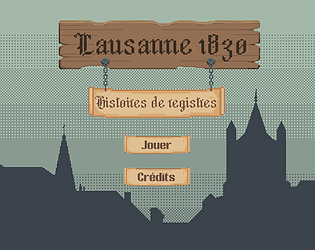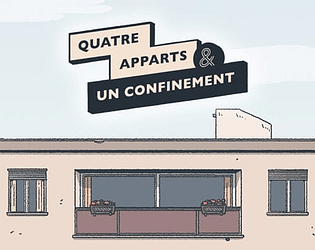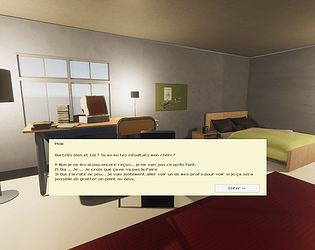but thanks so much for playing!
Dobios
Creator of
Recent community posts
oh it’s solvable, we have had many people finish the game (including very recently). Don’t give up, that puzzle can be a bit tricky the first time 😉. The game design documents in the release on GitHub ( https://github.com/HammeredGame/Hammered ) give hints to the solutions if you really get stuck. I just checked by playing through the entire game again and it still works just fine! Give it another shot and remember that the colors aren’t random and are useful for solving the puzzle!
Hi, as with most open-source projects, 100% of the code that is part of our game can be found in the src folder in the repository. The assets are contained in the assets folder. The release on github is directly hosted on itch and on a dedicated website. If you want to build the game yourself, you will have to download and install Godot 3.4, which is the game engine our game is running on (also open-source). Given that the releases we put out on github are built targeting WebGL, you first have to host a local server in the uncompressed folder containing the build files, as is explained in the release notes. Then make sure that you click the window your game is running on before playing if it auto-opens (as with all browser applications). The game is currently part of the Swiss middle-school curriculum in one of the regions of the country and so it has been tested and works on 100+ different systems. I hope that this information helps clear up your confusion. Have a nice day.
I’m sorry that you were unable to find our links to the source code. On itch, the source code is linked in more information > source code. I’ll also add a link in the description to make it easier to find :).
Sure! It’s under GPLv3 so you can fork it and make a PR whenever! I haven’t worked on it since early 2017 but I would love it if you contributed! If you have any questions about the code or anything I can do my best to answer!
For the procedural part, I cleaned up the code a bit not too long ago, but the version I had started implementing was procedural terrain with 2d Perlin Noise, but the result wasn’t very interesting. Maybe you can try to push off from there?







